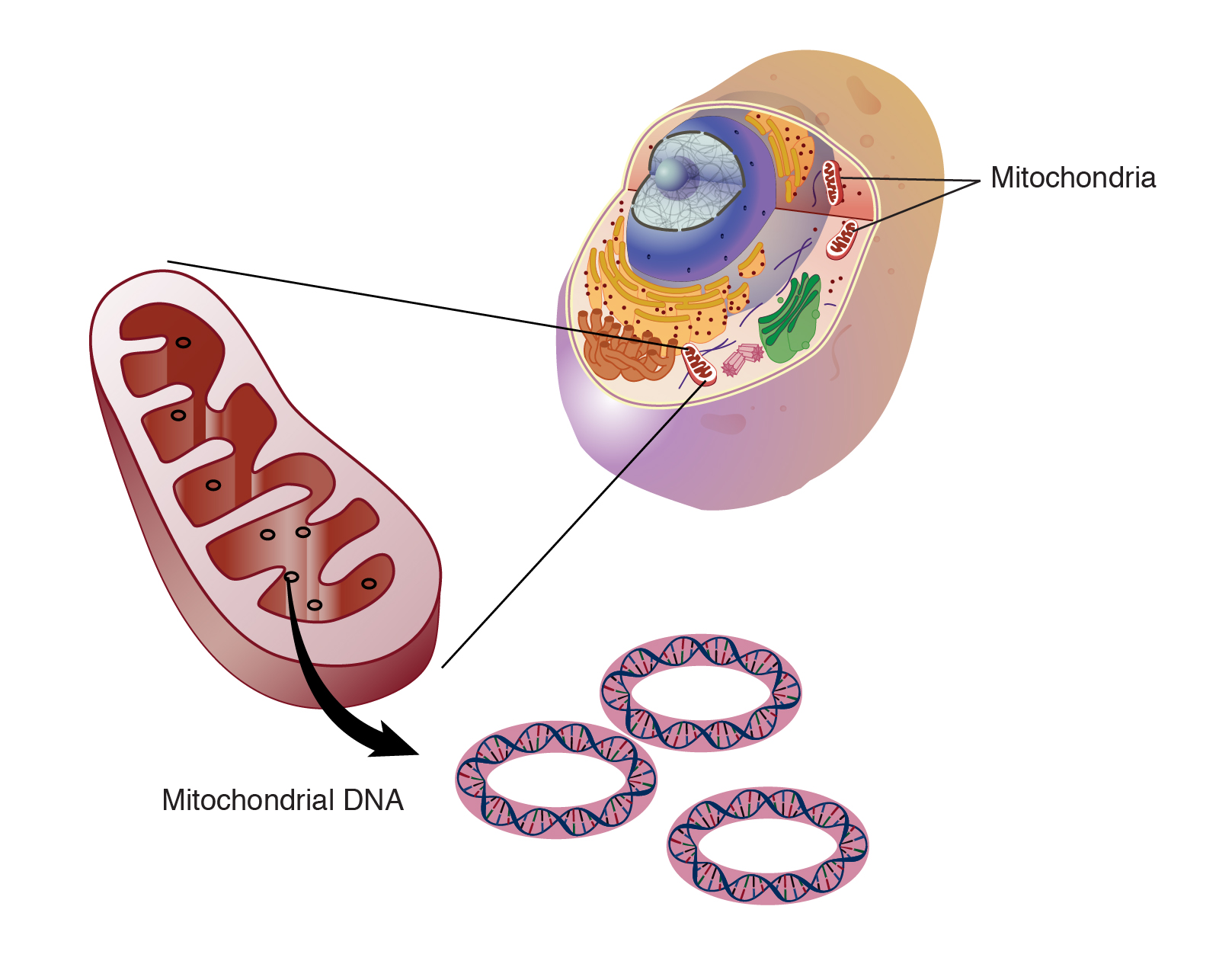Big change from small player -- Mitochondria alter body metabolism and gene expression
The Scientific Committee of the World Mitochondria Society would like to share this article by Scott Ballinger on Big change from small player Mitochondria alter body metabolism and gene expression.

Image: mitochondrial_dna
The Scope is: About 1.5 billion years ago, tiny visitors came to live inside the cells that later evolved into all plant and animal life including humans.Those visitors were mitochondria, small organelles whose prominent role is producing 90 percent of the chemical energy cells need to survive. Evolutionarily speaking, humans, animals and plants are thus a combination of two organisms.Mitochondria have their own DNA, but the 13 genes in human mitochondria — along with DNA sequences for tRNAs, rRNAs and some small peptides — are massively overshadowed by the 20,000 genes in the human nucleus. Nevertheless, these diminutive mitochondria may have a strong influence on cellular metabolism and susceptibility to metabolic diseases like heart failure or obesity.
The Conclusion is: These results are clearly consistent with the notion that different nuclear-mitochondrial genetic combinations influence metabolism, adiposity and gene expression in different ways,” Ballinger said. “The overall implication of this work is that it can provide a new framework for understanding complex genetic disease susceptibility — that both an individual’s nuclear and mitochondrial genomes, in combination, can affect disease development. We are now trying to understand how the different combinations of nuclear and mitochondrial encoded genes interact to alter metabolism, and how this influences individual disease susceptibility.
Full Article: https://www.eurekalert.org/pub_releases/2018-11/uoaa-bcf110918.php
Targeting Mitochondria 2021 Congress
October 27-29, 2021
Berlin, Germany & Virtual Congress
www.targeting-mitochondria.com


